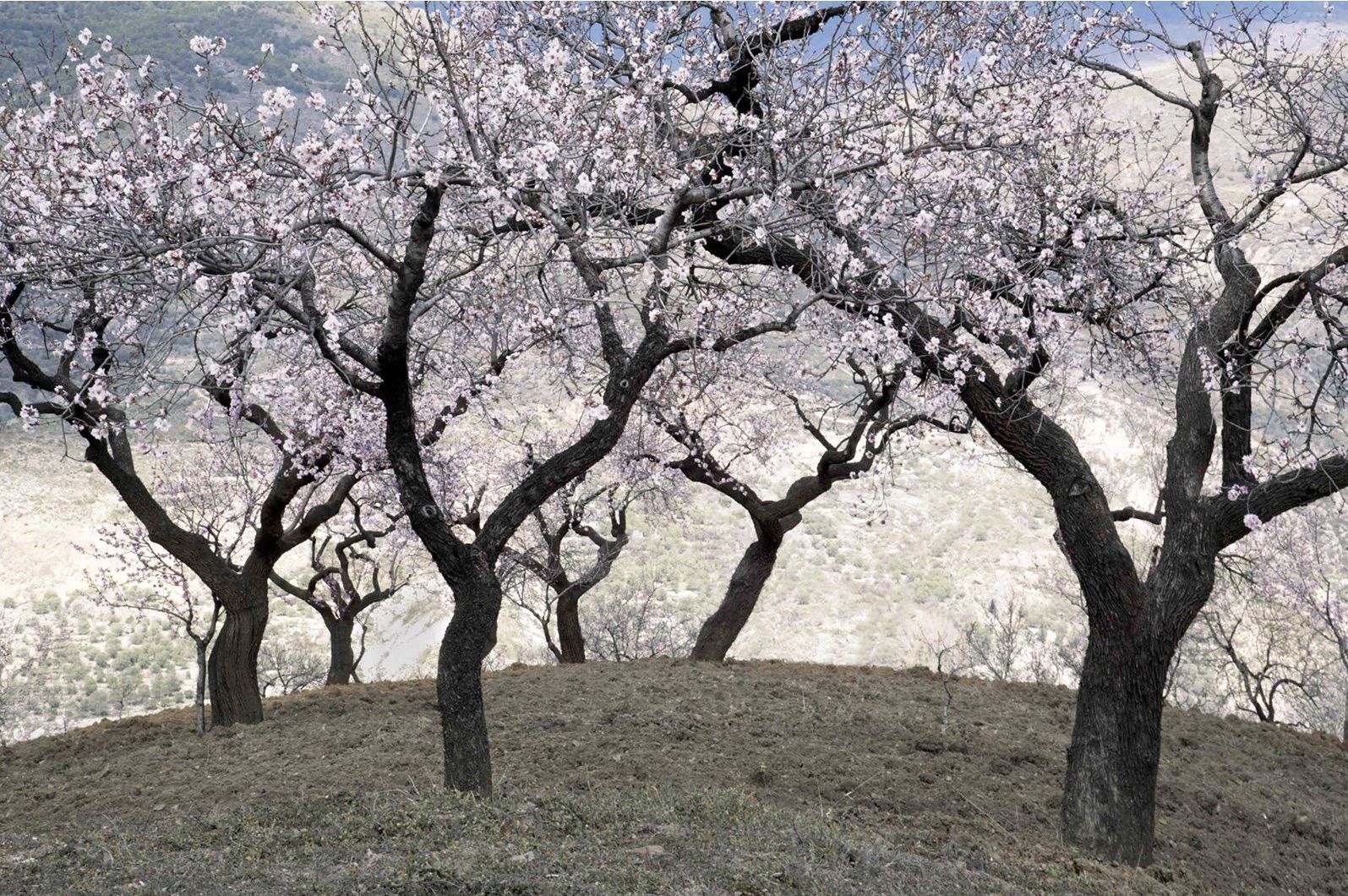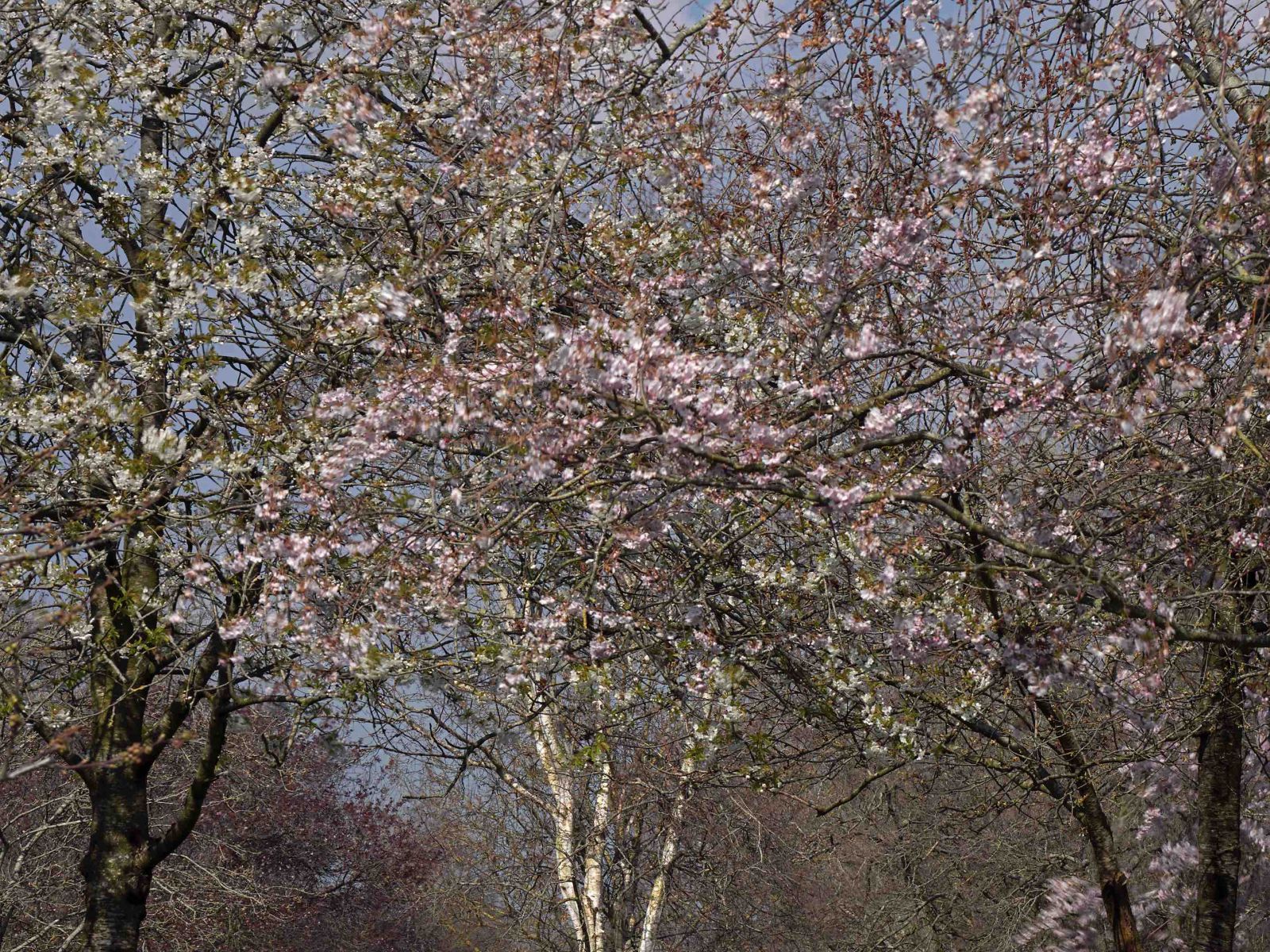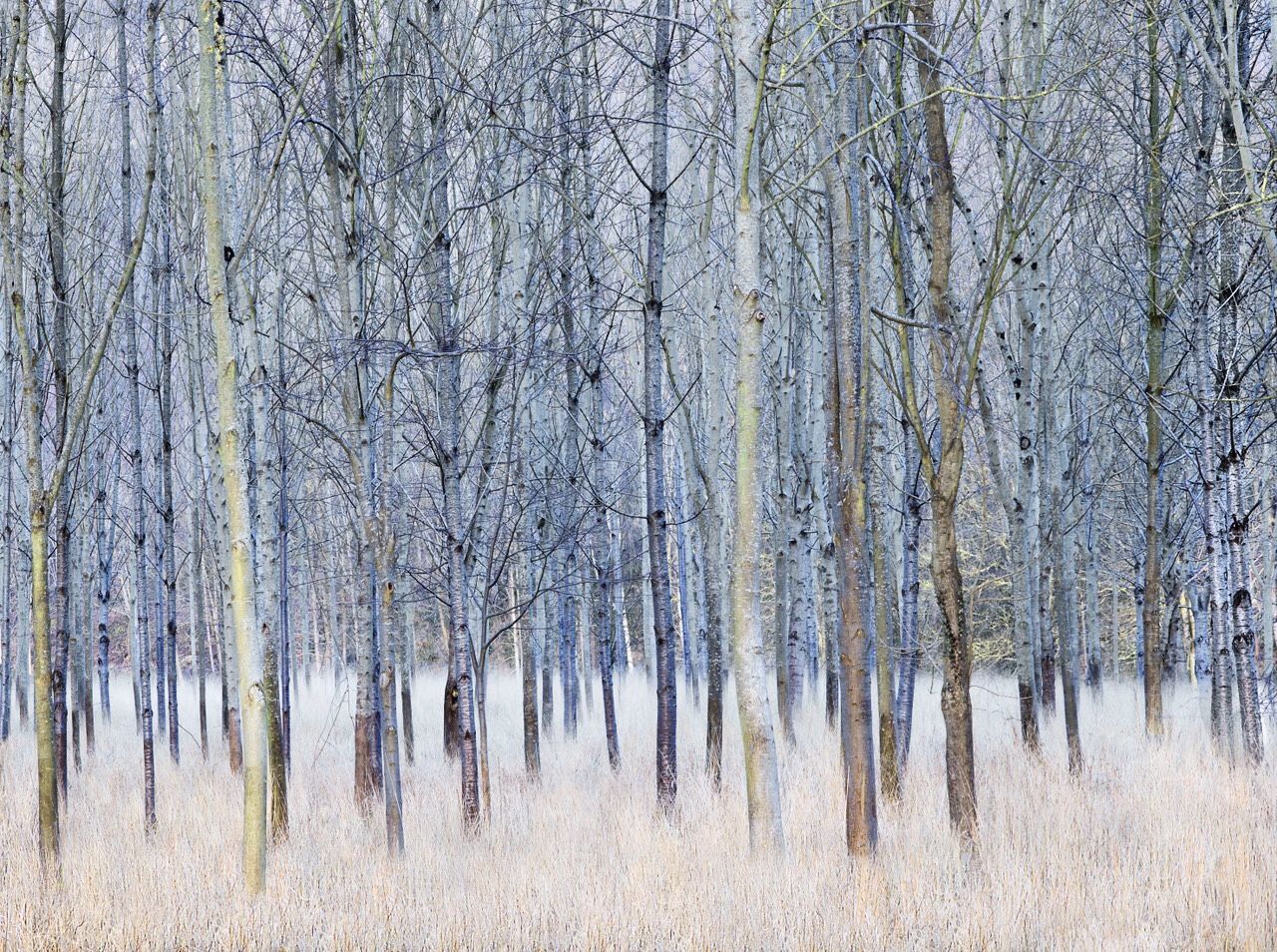
As landscape photographers, we know only too well that simply pointing our (perhaps very sophisticated) cameras at a spring landscape that appears to us to be beautiful, does not by any means return to us an image that evokes the human emotional response that we had when we stood there, savouring and relishing the full-on spring experience.
When it comes to the business of photographing, it often pays to treat the photograph as more of a production. The photograph will have many elements within it that will hopefully integrate together to become a hugely pleasing and cohesive and whole.
There is a great deal to be said for a good thorough recce of a scene where a little pre-visualisation will pay good dividends.
Noticing absolutely everything is a good start.
After all in the very first instance, surely photography is about perception.
Many of the first leaves of spring will be quite yellow, and will have a great amount of moisture in them. They are not the deep low light reflecting leaves that one may see in August.
There is nothing quite like a grove of silver birch a few days after their leaves first emerge, and with a little oblique sunshine, those leaves will sizzle and sparkle and will hopefully convey a glorious spring feel.
As with all landscape photography, light and the quality of that light will dictate mood and a host of other things. Attend to the way in which certain surfaces reflect and absorb light. Perhaps estimate the effect that a polarizer will have prior to putting it on the camera, by gently rotating the filter in front of you. A polarizing filter will have a marked effect on sky and landscape. Those sparkling new leaves on the silver birch tree may become very less sparkly by using a polarizing filter. After all, one of their functions is to reduce white light reflection from an assortment of reflective surfaces and every surface reflects light to a greater or lesser extent, even the highest quality black velvet.

Perhaps images of spring need to carry with it a sense of the dawn of time. Mist may facilitate the feeling.
Unless fully intended, consider making a photograph without menace and theatrical drama to it. Think light and perhaps not brooding skies full of rain, unless to contrast with the magical emergence of spring.
In traditional landscape painting, one third of the sky is devoted to the sky. In my observation, this ratio prevails in much landscape photography. It is very easy to see the sky almost as an afterthought and accept the sky that prevails at the time. Look up, as with a good wind above, there may be a sky on its way that may have a far better relationship to the land beneath than the sky you first saw. Sometimes the clouds that are not contained within your image can play a more significant role than the ones that are.
Spring is about hope and the photograph you make of it should instill a sense of optimism, hope and joy in the mind of the viewer.
Of course, the main signal that heralds spring is surely the flower. In the UK, the daffodil and the snowdrop must be the most popular. Technique is entirely dependent on the numerous considerations that prevail at the time. Total fluency with the cameras functionality is crucial.
Then there is the poppy, which of course is not always associated with spring, but bear in mind the colour red is the most obstinate of all colours to comply with what you feel you saw, yet often fails to appear on the monitor or indeed the transparency. Folk will talk of gamut and red is often discussed within photography printing circles sometimes as the demon red.
When photographing poppies, try to prevent them forming into one huge red blob with little or no separation.

If you are in that wonderful evolving stage of photography (we are always evolving creatively of course) then do look at other photographers work, either on their sites or in magazines, post cards etc. There will be much to respond to when you have a moment to do so.
Think about why you like a particular image, and perhaps why you may not warm to it. Influence is not a crime; we are all subconsciously or consciously influenced by every conceivable visual image and this will always be the way it is. Look at great photographers work with flowers, like Sue Bishop's, and explore what it is within the image and its construction that makes you respond favourably.
To my mind, I urge all landscape photographers to relish the spring months.
The issue is that they are too short.